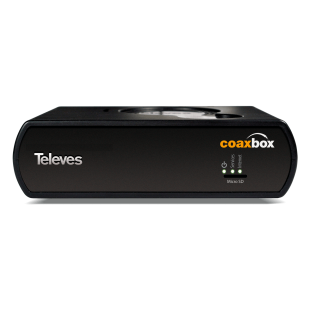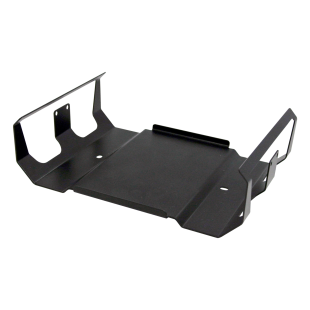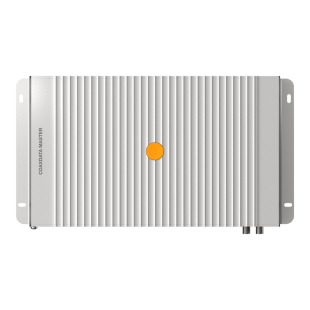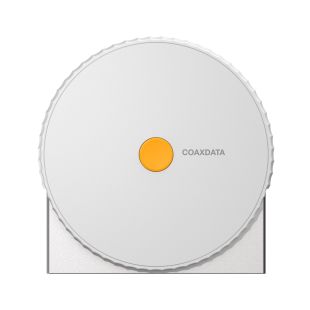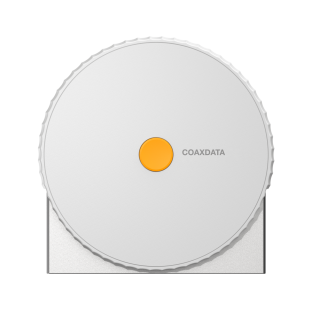Great store. Will be my favorite in the future. Sent quickly. All items are brand new sealed. And the prices are very nice. Separately, I want to thank Álex Guerra, who controlled my order from start to finish. In general, you are great!!
Thank you for the service. Absolutely top
Great comms. Very helpful and reliable all along
Order placed packaged well, dispatch and delivered promptly Would use again. Thank you
42/5000 the best team, both human and technical
-
 Por qué usar tubos corrugados en tus instalaciones
Por qué usar tubos corrugados en tus instalaciones¿Por qué usar tubos corrugados? Si los cables ya vienen preinstalados dentro de un tubo corrugado conseguimos un ahorro de tiempo y de mano de obra. Te contamos todos sus beneficios.
-
 Qué Tipo de Armario Rack Necesito
Qué Tipo de Armario Rack NecesitoPara escoger un armario rack adecuado a nuestras necesidades tenemos que conocer los tipos de racks que existen y cuales son las condiciones que necesitamos que cumplan. […]
-
 Nuevo Plan Técnico TDT
Nuevo Plan Técnico TDTNuevo Plan Técnico TDT Nacional 2025 que transformará la televisión en España.
Se impulsa la DVB-T2, codificación HEVC y UHD 4K. Asegúrate de estar preparado y elige receptores actualizados. -
 Comprar Material Telecomunicaciones
Comprar Material TelecomunicacionesComprar material de Telecomunicaciones – Encuentra marcas como Fermax, Televes, Hikvision o Ajax de manera sencilla
-
 Renueva Medidor de Campo con la promoción X-Change
Renueva Medidor de Campo con la promoción X-ChangeRelanzamiento de la promoción X-Change de Televes, medidores H30Crystal y Mosaiq6. Posibilidad de obtener descuentos entregando un antiguo medidor.
-
 Cargador Coche Eléctrico
Cargador Coche EléctricoCargadores coche eléctrico Raedian: fáciles de instalar y controlar con la app. Disfruta de carga sin complicaciones, conectividad 4G y funciones avanzadas. ¡Optimiza tu punto de carga!
-
 Registros de Terminación de Red (RTR)
Registros de Terminación de Red (RTR)Como instalador de telecomunicaciones, es imprescindible conocer en detalle los productos que componen cada red de las instalaciones ICT. En el blog de hoy vamos […]
-
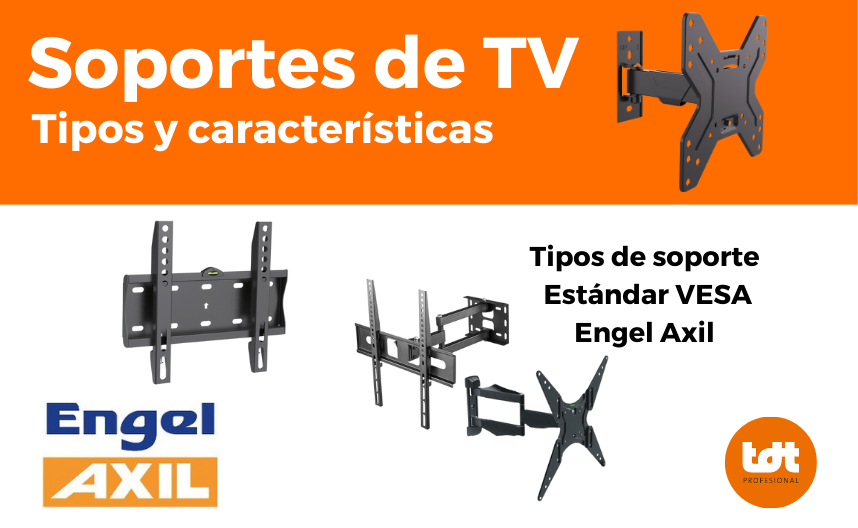 Soportes TV – Fijos, Ajustables, Pared y Techo
Soportes TV – Fijos, Ajustables, Pared y TechoAntes de adquirir un soporte, debemos tener en cuenta varios puntos, como las pulgadas para las que son válidos o el peso. A continuación, hablaremos […]
Coaxdata: Internet through coaxial cable
The coaxdata system arises from the need to provide internet service to an old building where the only forecast of pipes that existed was for electricity and television. After this comes the internet to our homes and it turns out that the new UTP network cable appears and there is no where to put it. Along with the power cables does not work well and the coaxial cable is thicker and leaves no space. So Televes invents coaxdata to mix the internet with the television signal and be able to distribute everything with the existing distribution of coaxial cable in our homes. And voilà, problem solved.
The coaxdata is a revolution of data transmission under coaxial cable. You only need to use one as a master and the rest in each of the building's homes as a slave. With this configuration and connecting the coaxdata to the TV socket and to the electrical outlet we already have an internet network in the whole building.
Little by little the needs of the market have been changing this product and profiling it to the taste of the consumer. First the need to have more connections, made a coaxdata with two exits to the market. Then there was need to have WIFI and appeared the coaxdata WIFI, with a much more electronic consumer aspect. WIFI is this word that we have all heard about and that makes it possible for us to connect everything to the internet without cables. And finally with the arrival of fiber optics and scandalous internet speeds, we have the coaxdata fiber optic, coaxdata F.O. So far we have met the needs of customers, and surely Televes always at the technological forefront will continue to upgrade this product to the future market. In fact, all models were upgraded from 200Mbps to 1Gbps speeds that are currently on the market.
Coaxdata is the solution for many homes stalled in having only electrical wiring and television wiring. With this system you can take the internet to all homes.
Coaxdata technology relies on data transmission via coaxial cable in the return channel frequency band, which is a very low frequency, mostly unused. But always check that the installation is prepared to support passive return channel and if it is not there are means to adapt it. Contact us!



